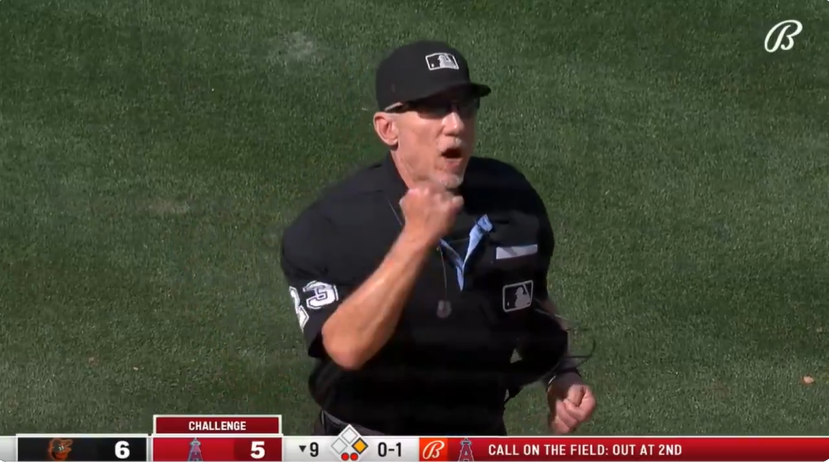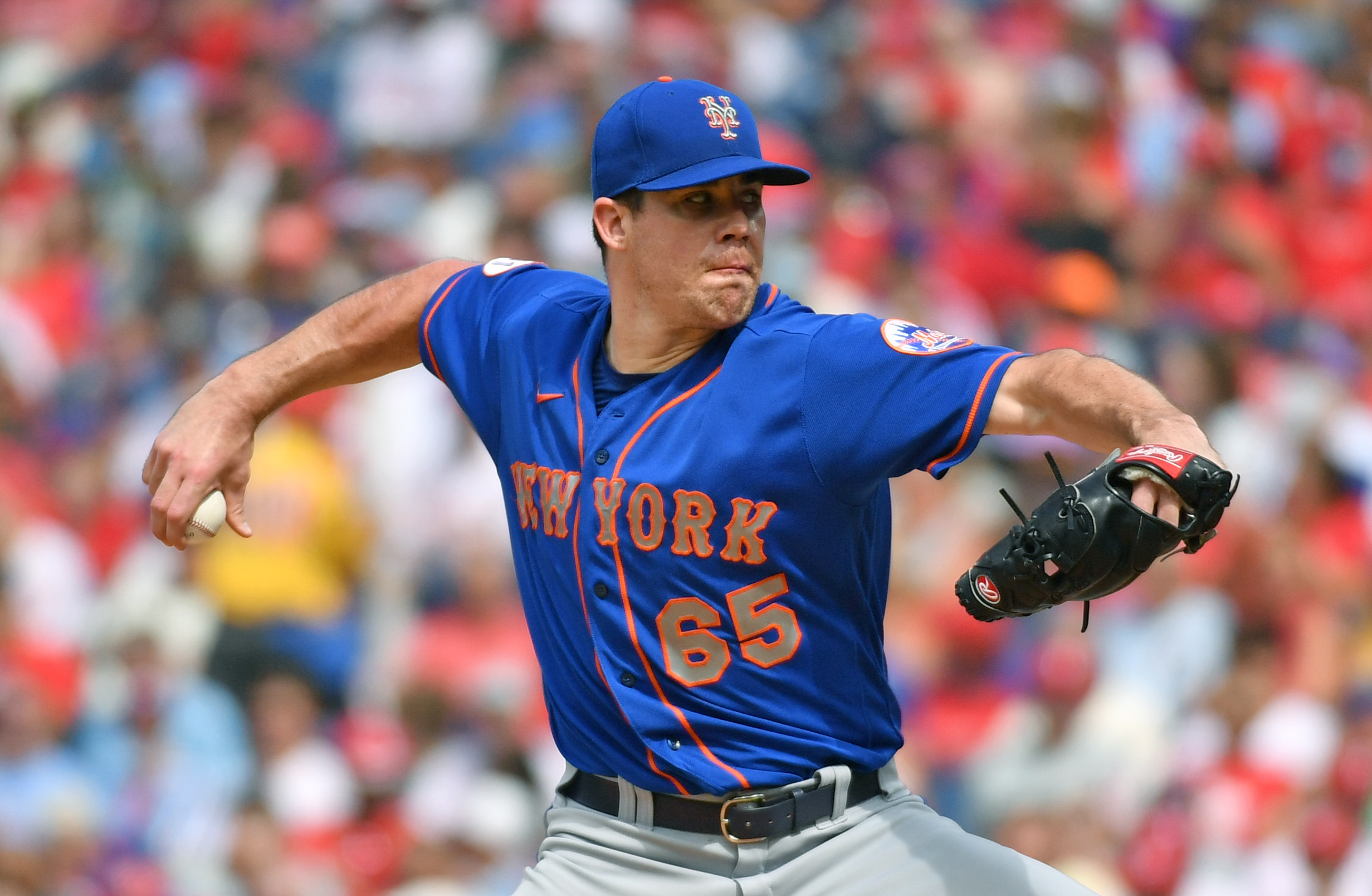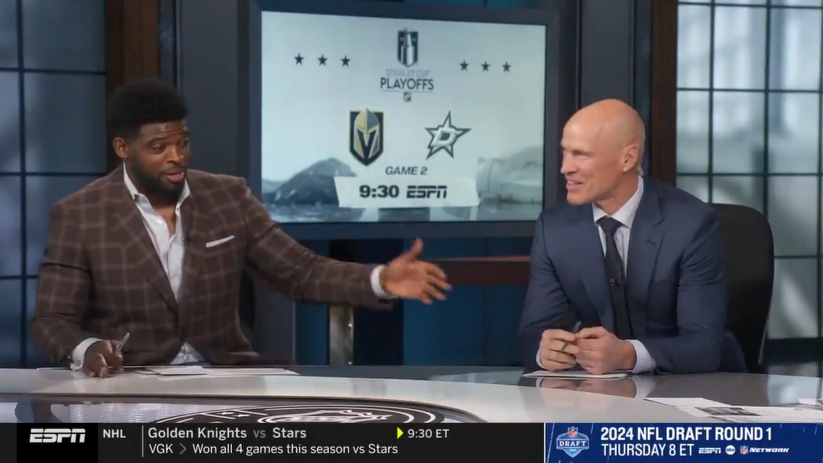One of the recurring knocks against Major League Baseball and its popularity with the general public is that the sport doesn’t do a good enough job of promoting its stars. Does the language barrier between English-speaking media and Spanish-speaking players present too much of an obstacle?
According to the New York Times‘ Billy Witz, MLB and the players’ union are looking to eliminate that barrier between Latin players and media covering its teams by asking each club to add a Spanish-speaking interpreter. Both sides have been working on a plan since February to be implemented this season. What’s uncertain at this point is when the translators would begin to join teams’ public relations staffs and whether or not each club will be required to employ such liaisons.
Players’ association director Tony Clark told the NYT that the union is pushing for interpreters to be available in all 30 MLB clubhouses, and is in the process of hiring those staffers.
This is a long overdue initiative and a smart move by MLB and the players’ union. Language issues in communicating with the media is presumably a larger issue in baseball than in other pro sports, with Spanish-speaking players taking up nearly a quarter of teams’ opening day rosters last season.
As an example, would two-time AL MVP Miguel Cabrera be a bigger star in the United States if he was able to communicate more freely with the media? The Tigers slugger does occasionally talk to the press after ballgames, but his answers are often short and vteran teammates like Carlos Guillen or Victor Martinez have stepped in to play translator between Cabrera and reporters.
Perhaps it’s not a coincidence that the Tigers hired a bilingual director of media relations last season.

With a dedicated interpreter (rather than a teammate, coach or clubhouse attendant roped into extra duty) providing a liaison, players like Cabrera could convey themselves more clearly and reporters would have better answers and quotes for their articles or broadcasts. As Witz points out in his article, having translators on hand would also reduce the burden on English-speaking teammates to suddenly play spokesperson for players who either can’t speak or are uncomfortable talking in English.
Of course, some players take the opportunity to use the language barrier as an excuse to avoid speaking with the media. And there’s also a chance that remarks could be edited during translation to eliminate anything possibly controversial or ill-advised. But the exceptions shouldn’t dictate the rules here.
MLB teams have made the investment in interpreters with high-priced international players like Yu Darvish, Yasiel Puig, Masahiro Tanaka and Jose Abreu. But with Spanish-speaking players occupying nearly 25 percent of opening day rosters last season, why not make a similar investment to help a larger — and ever-growing — contingent of the player population? Facilitating better communication would only help the sport promote itself.







